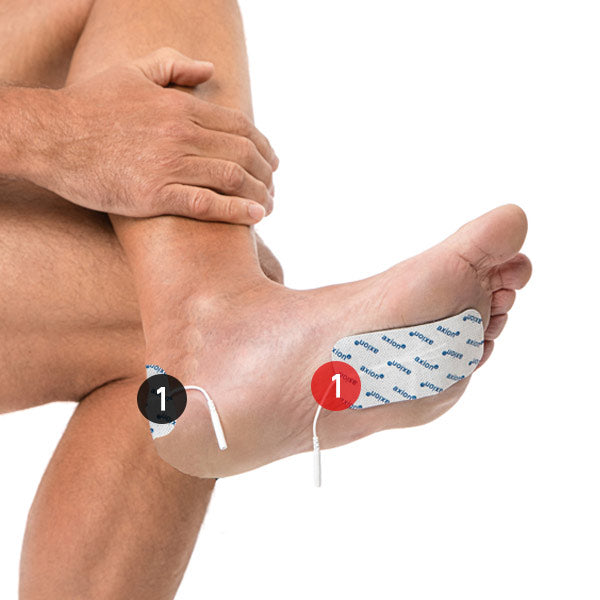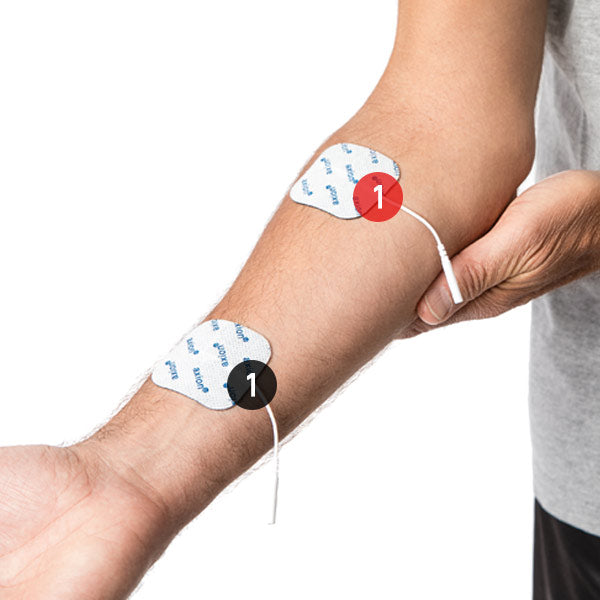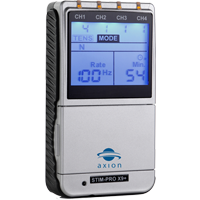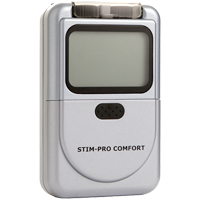TENS application in polyneuropathy

Polyneuropathy is a nervous disease that affects the peripheral nervous system. Polyneuropathy affects about 5-8% of all adults, making it the most common disease of the peripheral nervous system[1].
The symptoms and causes are varied. Patients often report pain or tingling in their arms and feet that feels like "ants under the skin." The polyneuropathy can be acute or chronic.
Doctors' treatment initially aims to eliminate the cause of the polyneuropathy. If that doesn't help or the cause is unclear, the symptoms are then treated. A TENS device can help with this.
A TENS device transmits electrical impulses to the skin via electrodes, which has two effects. On the one hand, the electrical impulses can block the transmission of pain to the brain, which means that the pain may no longer be perceived.
The TENS application can also support our body's natural pain control mechanism so that its own painkilling substances, the so-called endorphins[2], are released. TENS can also promote blood circulation[3].


-

This guide is for orientation purposes and does not replace the supervision of a doctor or therapist. Please follow the warnings and safety instructions of your device. Changes and errors are possible.
-

Number inside the circle: Channel number
Circle color: Red = Electrode 1, Black = Electrode 2
The recommended programs for axion TENS devices
-

-

STIM-PRO T400
P03 and/or P08
-

Please note when using TENS:
The intensity should be adjusted so that it is felt as a pleasant tingling sensation. The duration of the application should be approx. 40 minutes in order to be able to achieve a lasting reduction in pain. It also makes sense to switch programs every now and then.
What are the causes of polyneuropathy?
The advantages of pain treatment with TENS
-

From everywhere
You can use TENS therapy anywhere. It doesn't matter whether you're sitting comfortably on the sofa or in the office.
-

Drug free
TENS pain therapy is an alternative to drug pain treatment
-

At any time
You can use TENS flexibly and at any time. Success can already be achieved after the first treatment
-

Free of side effects
When used correctly, pain treatment with TENS has practically no side effects
Studies and scientific sources






